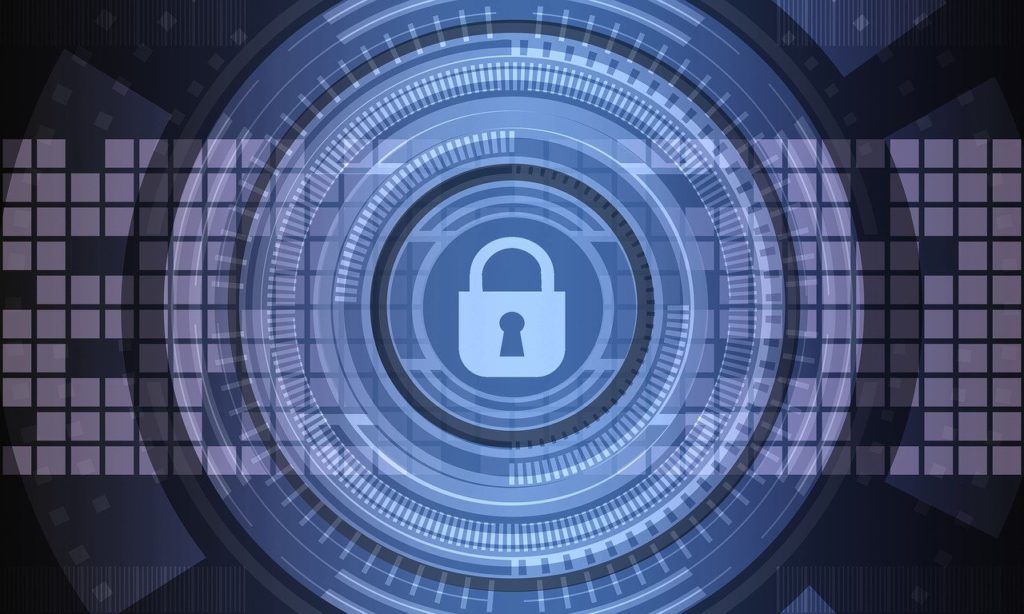Working remotely has possibly made your job easier. No longer needing to suffer a long commute or the distractions of the office can allow you to get more done in a shorter amount of time. Although the ease of working from home may have its benefits, it’s also become much easier for online predators and criminals to find and steal your data and private client information (such as credit card numbers and identification).
There are some things you need to know about these potential security risks and what you can do from home to limit the possibility of being targeted. There are more risks than you think.
What’s the difference between my work and home networks?
Your home network is probably set up as a group work spot or something similar, which means you could have dozens of devices tapping into the same internet without having one device set as the network manager. This also opens the network up to anyone with access to reach any information that is being kept on the network or sometimes on any device. At work, there is typically a firewall in place at minimum, often with extra security features turned on to prevent bad traffic coming into the network. Most organizations also deploy network monitoring tools designed to detect and halt threats when people are working from the office. In contrast, unreliable, unsecured home networks may cause data or applications to go offline, causing major disruption to business.
From home, you can take a few actions to limit the possibility of your information being tracked and stolen – and keep both your personal and work data safe.
1. Work and store data in the Cloud. Cloud platforms have some element of built in security and are generally less penetrable to threats. If a hacker is able to access your hard drive, you have very little recourse to restoring the data.
2. Change your SSID. This is the name of your home network and is usually a mix of your internet provider’s name and a set of numbers. If you keep the default one, you’re making your network much easier for predators to find and attempt to gain access to.
3. Make sure your anti-virus is up to date and consider adding anti-ransomware software. This can be installed on the workstation and server level if needed.
4. Enable network encryption, such as WPA2, as soon as possible. WPA2 is considered the safest form of Wifi password protection. You can open the settings on your router and change the password to be user generated. Make sure you pick a complicated password that is difficult to crack!
Interested in learning even more tips and tricks on how to ease the transition and continuation of remote working (and keep your data secure and private) reach out for a conversation with a member of our team today – or check out our other articles here.


